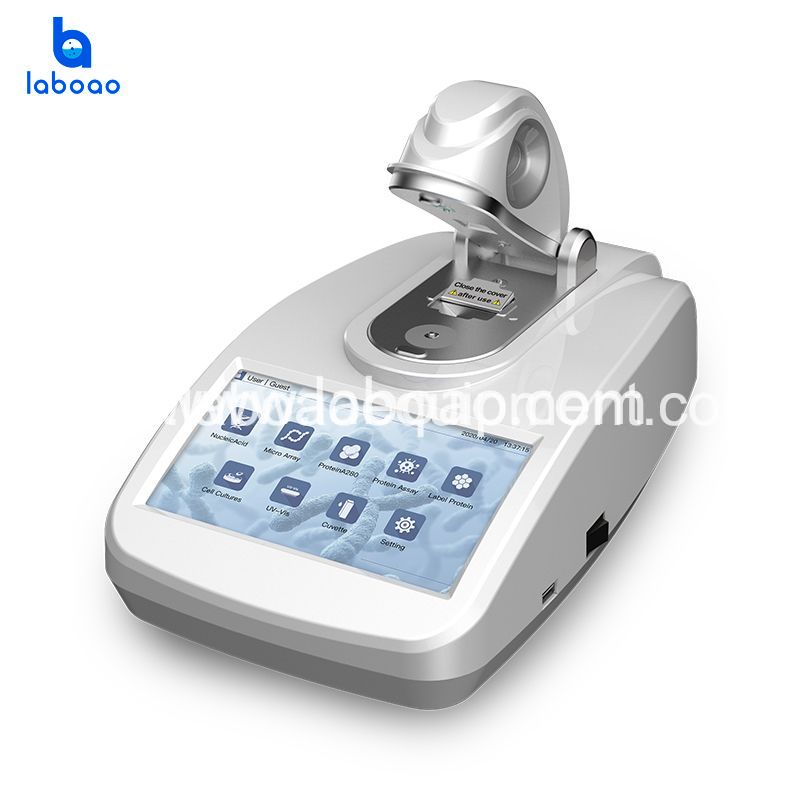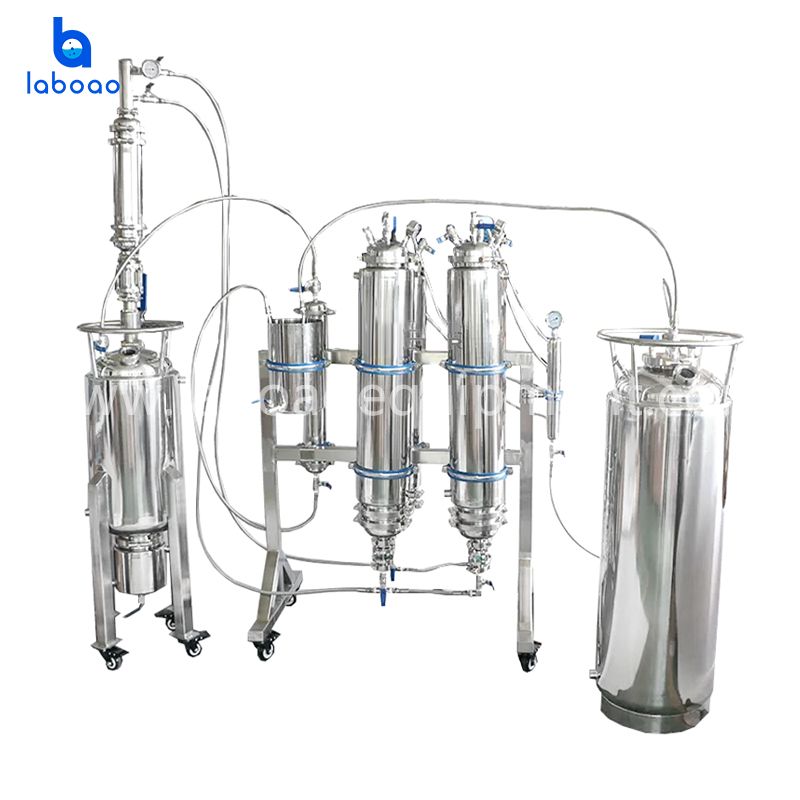Working Principle And Structural Characteristics Of Solid Fermenter
Working principle of solid fermenter:
Microorganisms grow on a moist, water-insoluble substrate for fermentation, and do not contain any free water during solid fermentation. With the increase of free water produced by microorganisms, the scope of solid fermentation extends to viscous fermentation and solid particle suspension fermentation. It can be considered that the growth environment is not necessarily the same between each cell. In order to improve the cultivation efficiency, the method of increasing the surface area is adopted. Labs generally use test tube slopes, petri dishes, triangular flasks, Kirschner flasks, etc. for cultivation. Most factories use curved plates, curtains, and ventilated curved ponds. Due to the selection of agricultural and sideline products such as bran as raw materials, the price is low, the particle surface area is large, loose and ventilated, and the raw materials are easy to obtain in large quantities. Therefore, it is widely used in the brewing industry. However, since there are still many difficulties in large-scale surface culture technology, in fermentation production, liquid surface culture can be used, and liquid submerged culture method is mostly used instead.
Structural characteristics of solid fermenter:
The solid fermenter can ensure the temperature required for fermentation, and the constant temperature control is carried out through the jacket. It can be sterilized in the tank or can be sterilized before entering the fermenter for fermentation. Humidity adjustment is generally carried out by a humidity controller to monitor the humidity in the tank. It uses a sterile water spray (fog) device and a water evaporation device so that the 0-100% humidity sensor device can be adjusted arbitrarily within its humidity range, maintain constant humidity and display. Ventilation control is also a major control point for solid fermenters. The requirement for ventilation is that it must be sterile, and the air volume and speed can be adjusted.
The setting of the stirring system is one of the most critical control points of the solid fermenter. Since solid fermentation inoculation requires uniformity and is not easy to mix, the design of stirring must ensure uniform mixing of materials and uniform distribution of bacteria after inoculation. Inoculation is generally carried out by spraying. Stirring forms include mechanical stirring and synchronous tank and mechanical stirring. Stirring adopts upper direct-coupled mechanical or horizontal shaft stirring, mechanical seal for kettle, various forms of high-performance stirring paddles, defoaming paddles, AC speed-regulating motor, and the speed is infinitely adjustable. Glass window, easy to observe the state of the tank. Various process interfaces, including: temperature and humidity interface, sterile sampling port, special large discharge port, liquid strain inoculation port, feeding port, pressure gauge port, air inlet, exhaust port, jacket upper and lower ports, etc.


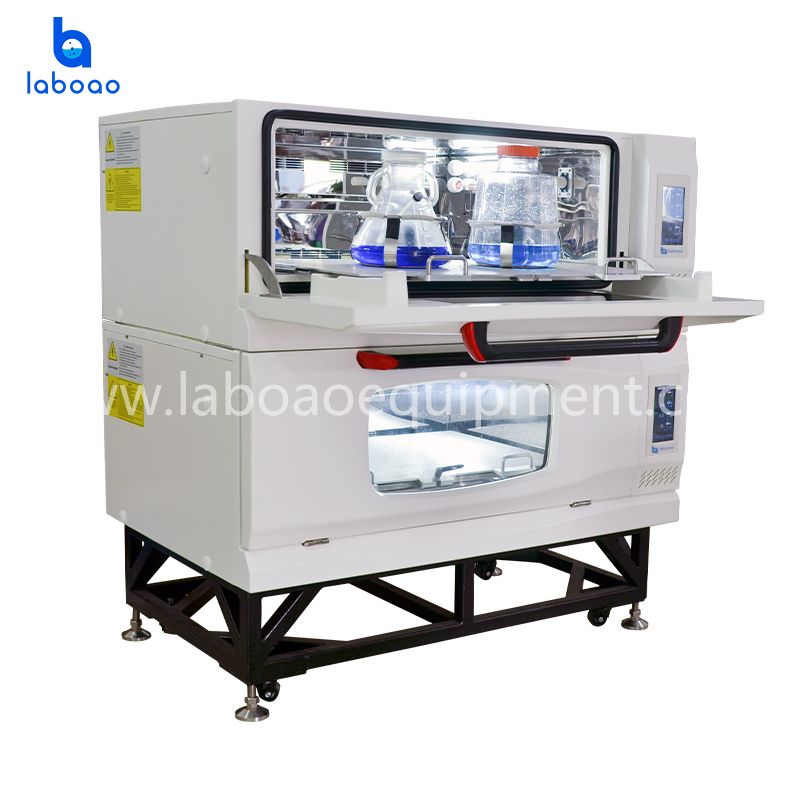
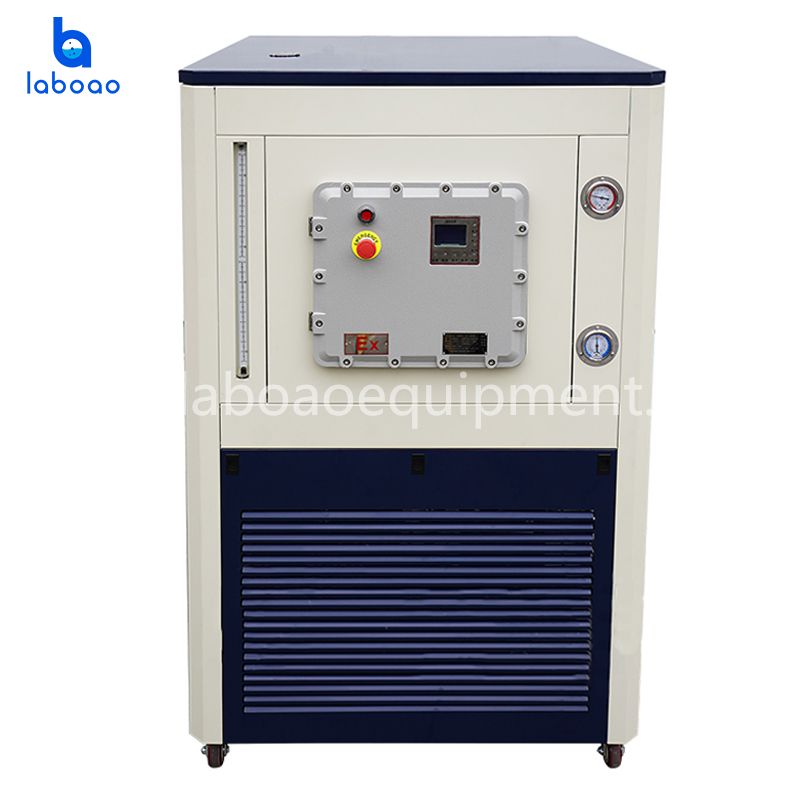
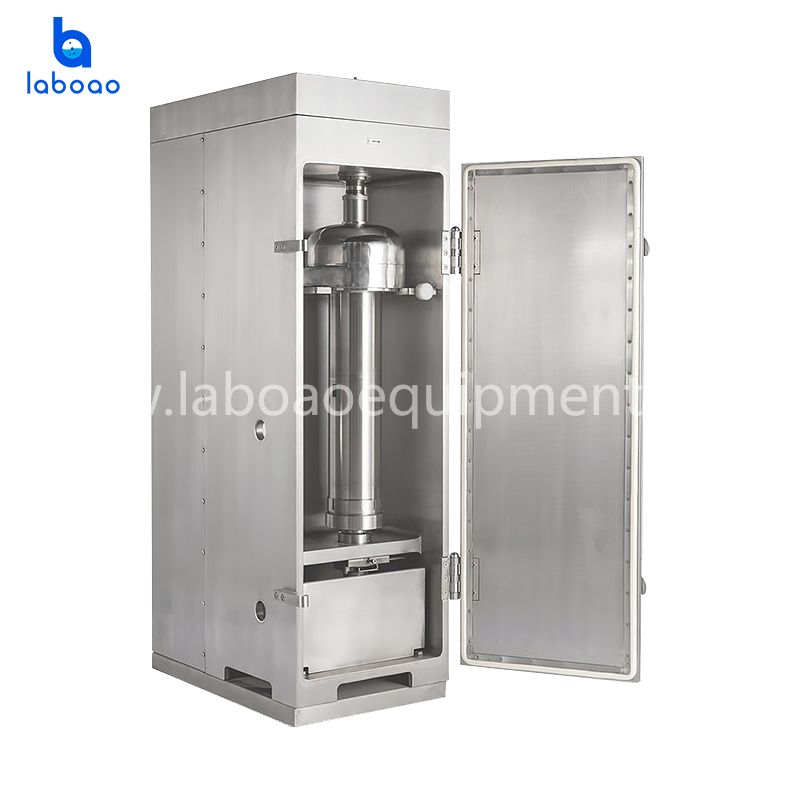
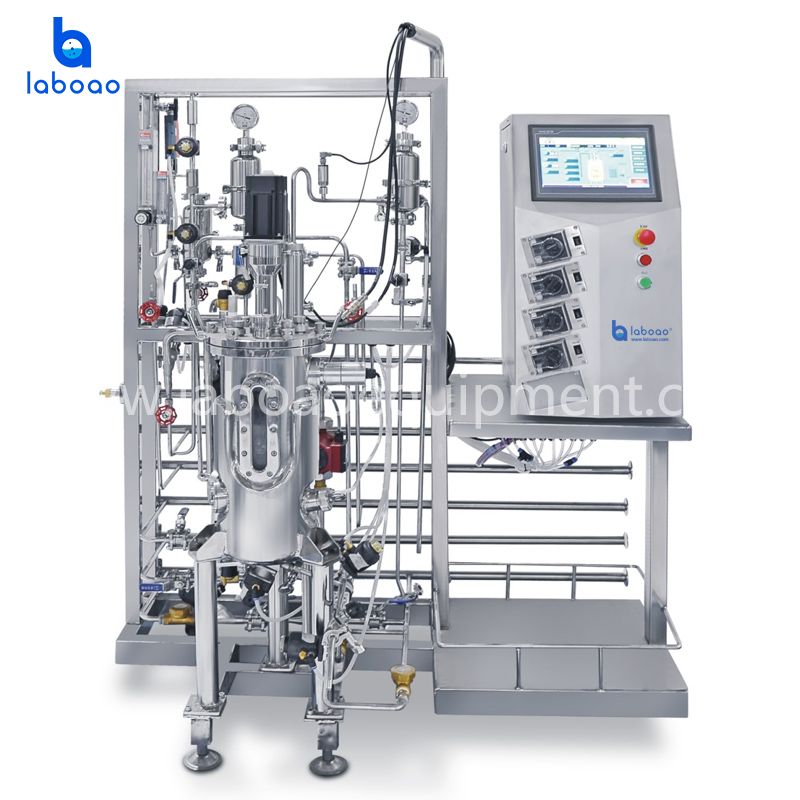
-analyzer-1695623743955.jpg)
